US-Sport
NFL: Third and Long:”Buffalo Right, Seven Heaven”
The divisional round was tough: The Eagles beat the Atlanta Falcons despite a prominent underdog role – and Atlanta should urgently consider his further offensive plans. The Minnesota Vikings provide the highlight of course, but how did the Miracle touchdown come about? Plus, did the Steelers prepare badly for Jacksonville? How do you beat the patriots? And what do the Jaguars do with Blake Bortles? In his weekly column, SPOX editor Adrian Franke looks back on the past NFL week.
Over the past few years, I’ve come to a conclusion: in my opinion, there’s nothing in the sport that comes close to the madness, the spectacle, the unpredictability and the crazy games produced by the NFL playoffs year after year. The past Super Bowl, Arizona vs. Green Bay two years ago, Seattle vs. Green Bay in the Championship Game, Cincinnati’s Meltdown vs. the Steelers – you don’t have to go far back to find arguments for that.
It is the drama of the one game in which everything is decided, each moment is much more intense and each play counts much more. The Vikings’ victory on Sunday evening fits seamlessly into this series. The first walkoff touchdown in the NFL playoffs (overtime excluded, of course) of all time was a crazy scene that fans in Minnesota and Louisiana will be accompanying for a while.
The attempt to look at the scene of these playoffs from an analytical point of view:
The play call, which has already secured a place in Vikings history, was “Buffalo Right Seven Heaven”. A flood concept, i. e. route combinations that attack one side of the defense on several levels in order to overload a zone coverage. Minnesota ran this with an X-ISO formation, so Adam Thielen isolated on the left and three routes on the right.
The three routes are perfectly matched in their combination, something that offensive coordinator Pat Shurmur has done better this season than any other coordinator. Minnesota is brilliant at giving receivers a free release via the scheme or having them cross the routing of receivers to make coverage extremely difficult.
Keyword Coverage: Of course, everyone knows by now that Safety Marcus Williams failed dramatically in the tackling attempt and Diggs could march through into the end zone. But the Saints’ play call can also be questioned. It was a cover two zone, so two deep safeties. Basically, that’s okay, New Orleans had to prevent Minnesota from getting a passport to the side and then the receiver runs out to stop the clock.
What doesn’t make sense, however, is the Underneath coverage concept: The linebackers and slot-corner covered the middle of the peloton, where Minnesota – the vikings had no more timeouts on their own 39-yard line with 10 seconds on the clock – could not have thrown in any scenario.
Here, next to Williams’ drop-out, was the Saints’ big mistake. New Orleans could have played Cover-2-Man to have the deep safeties as protection – the play call allowed the vikings to force Williams into a direct duel with Diggs with the Flood concept. They could have also positioned another deep safety fuse and removed the slot cornerback, to name just two examples.
Williams showed greatness after the game, when he faced the media and even though this play overshadowed an otherwise very good rookie season in public perception: He will get over it. The fact that the Saints’ play call raises several critical questions should not be forgotten with all the emotions that this finish has brought.
Atlanta’s play calling against the Eagles in the most critical moments was desolate – once again. It’s not the first time that Coordinator Steve Sarkisian has attracted negative attention, especially in the Red Zone. Six percent of Julio Jones’ passports in the end zone arrived.
Although Jones was clearly involved in the game plans in general – for example in Third Down, where he saw 36 targets in 2017 after only 19 Third-Down passes to Jones 2016 – without question. But the bad odds to Jones here are no surprise when you look at the tape, including the 4-down sequence against the Eagles on Saturday night.
As a reminder: Atlanta had the ball on the 9-yard line, 1st&Goal 1:19 on the clock and 10:15 behind. At First Down Julio Jones was isolated on the left side and the Fade Route ended in the end. In Second Down, Sarkisian chose the Shovel Pass for his third running back against one of the best defensive fronts in the league, which had caused constant problems for Atlantas Interior-Line.
In Third Down, Sarkisian opted for a route concept in which three out of four routes were clearly located in front of the end zone, only to isolate the fullback (!) on the left-hand side at Fourth Down and to divide the field for Matt Ryan more or less in half through the remaining route concepts and the rollout. This made it much easier for the Eagles to defend the pass here – even if Jones slipped away and still could have caught the ball.
The Red Zone issue that has been with Atlanta throughout the year is just one aspect. It was clear that the offense would not be able to repeat the incredible heights she had reached under Shanahan. However, one always had the impression that Sarkisian sometimes turned completely unnecessarily on individual screws – for example, the constant ignoring of the running backs in the Passing Game, a key quality in the previous year and an aspect for which Atlantas Offense with Freeman and Coleman is virtually predestined. The use of the play-action game was also no longer so successful.
A new openness can take time, of course. Shanahan himself is the best example of this. But the Falcons should think carefully about what exactly Sarkisian showed that this time would justify.
It was just a week ago that I criticised the Titans for their statement. Linking Mularkey’s stay to a playoff victory in Kansas City is a desolate proceeding, if you are otherwise convinced that your team and especially your quarterback really need a different head coach. Tennessee should not have said anything after the success against the Chiefs.
Now Mularkey’s gone, in mutual agreement, as they say. Behind the scenes, rumours are rife: allegedly, Tennessee would have offered Mularkey a contract extension if he had introduced some changes in his coaching staff in return. Especially on the offensive side of the ball to promote the development of Mariota. Mularkey was loyal to his assistants, and that was the end of this story.
I will stick to my conclusion from the previous week: this year, Tennessee tried desperately to repeat the successful model of the previous season and relied stubbornly on an oldschool rushing approach. Narrow formations, scarcely creative and, as a result, an open-mindedness that is easy to calculate. This doesn’t match the strengths of Mariota, for which a spread option opener with 3 and 4 receiver sets would be much better suited.
What happens now? I was convinced that Tennessee would present Josh McDaniels as head coach as soon as possible. Managing Director Jon Robinson has a patriots history going back many years (2002 to 2013) and wants to build his team according to the Pats model. However, new reports suggest that McDaniels is going to Indianapolis – despite the questions about Andrew Luck’s shoulder.
Tennessee has, so much is clear, on paper good arguments: Young talent in the Secondary, a top offensive line, a good running back and of course Marcus Mariota. The focus must now be on its development.
Page 1: Minnesota’s incredible victory, Atlanta’s offense fiasco and the Titans
Page 2: The Steelers, Schottenheimer, Bortles, how to beat the patriots – your questions


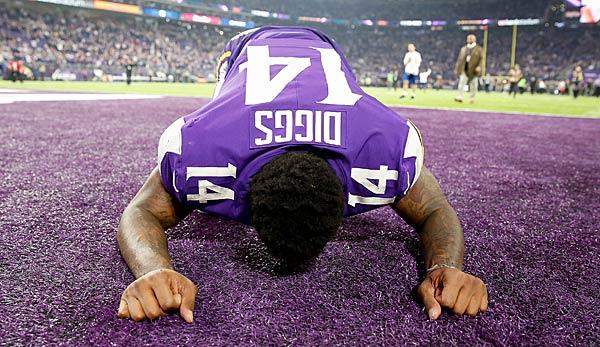


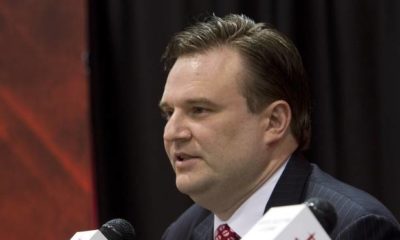

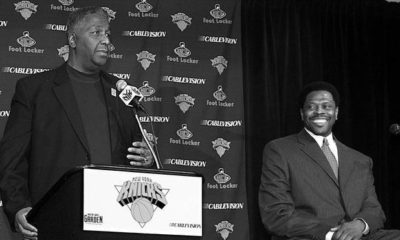
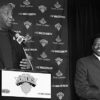
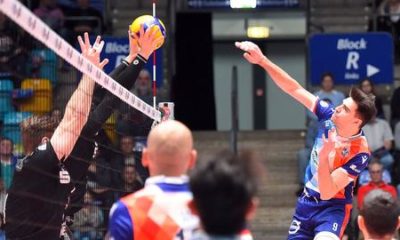
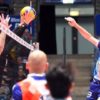
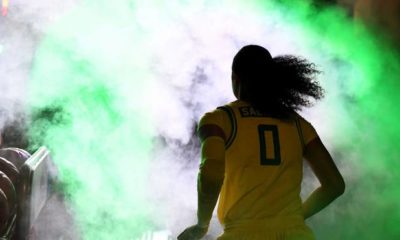






You must be logged in to post a comment Login